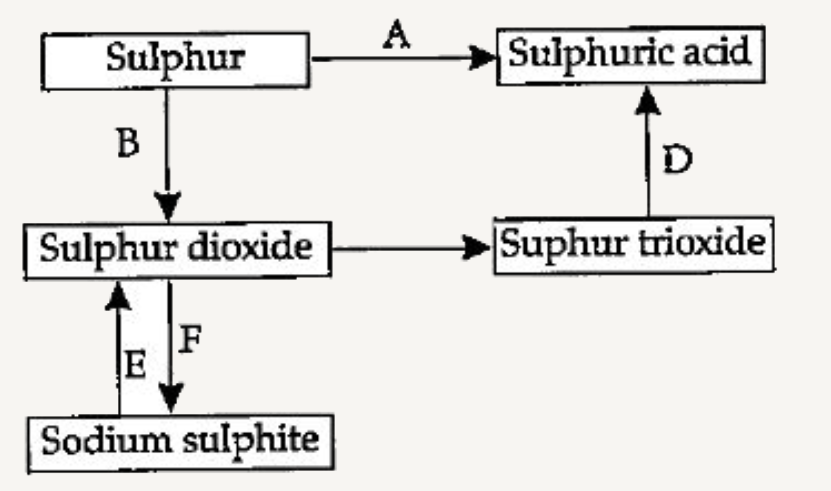Photochemical reactions in the chloroplasts are directly involved in the
Fixation of carbon dioxide
Synthesis of glucose and starch
Formation of phosphoglyceric starch
Photolysis of water and phosphorylation of ADP to ATP
The correct Answer is:D
Step-by-Step Solution:
1. Understanding Photosynthesis: Photosynthesis occurs in two main stages: photochemical (light-dependent) reactions and biochemical (light-independent) reactions.
2. Identifying Photochemical Reactions: Photochemical reactions take place in the chloroplasts and require light. They involve the absorption of light energy by chlorophyll.
3. Processes in Photochemical Reactions:
- Photolysis of Water: Light energy is used to split water (H2O) into hydrogen ions (H+), electrons, and oxygen (O2). This process is known as photolysis.
- Formation of Energy Carriers: The absorbed light energy is also used to convert ADP into ATP and to reduce NADP+ to NADPH. These two molecules (ATP and NADPH) are essential for the next stage of photosynthesis.
4. Conclusion: Therefore, the photochemical reactions in the chloroplasts are directly involved in the photolysis of water and the phosphorylation of ADP to ATP.
Final Answer: Photochemical reactions in the chloroplasts are directly involved in the photolysis of water and the phosphorylation of ADP to ATP.
---
- Photolysis of Water: Light energy is used to split water (H2O) into hydrogen ions (H+), electrons, and oxygen (O2). This process is known as photolysis.
- Formation of Energy Carriers: The absorbed light energy is also used to convert ADP into ATP and to reduce NADP+ to NADPH. These two molecules (ATP and NADPH) are essential for the next stage of photosynthesis.
Topper's Solved these Questions
- PHOTOSYNTHESIS IN HIGHER PLANTSBOOK - CENGAGE BIOLOGY ENGLISHCHAPTER - PHOTOSYNTHESIS IN HIGHER PLANTSEXERCISE - ASSERTION -REASONING QUESTIONS
5 Videos
- PHOTOSYNTHESIS IN HIGHER PLANTSBOOK - CENGAGE BIOLOGY ENGLISHCHAPTER - PHOTOSYNTHESIS IN HIGHER PLANTSEXERCISE - ARCHIVES
30 Videos
- NEET 2018 PAPERBOOK - CENGAGE BIOLOGY ENGLISHCHAPTER - NEET 2018 PAPEREXERCISE - MCQ
48 Videos
- PLANT GROWTH AND DEVELOPMENT BOOK - CENGAGE BIOLOGY ENGLISHCHAPTER - PLANT GROWTH AND DEVELOPMENT EXERCISE - Archives
28 Videos
Similar Questions
Knowledge Check
Photochemical smog is formed in
Asummer during day timeBsummer during morning timeCwinter during morning timeDwinter during day time.
Photochemical smog involves
View Solution"Photochemical smog" is a :
View SolutionPhotochemical smog consists of
View Solution
What is the reaction involved in B?
View SolutionWhere does the primary photochemical reaction occur in choroplast or where does the light reactions of photosynthesis take place or Light reaction takes place in
View SolutionPhotochemical smog leads to :
View SolutionPhotochemical Phase and Biosynthetic Phase
View Solution
